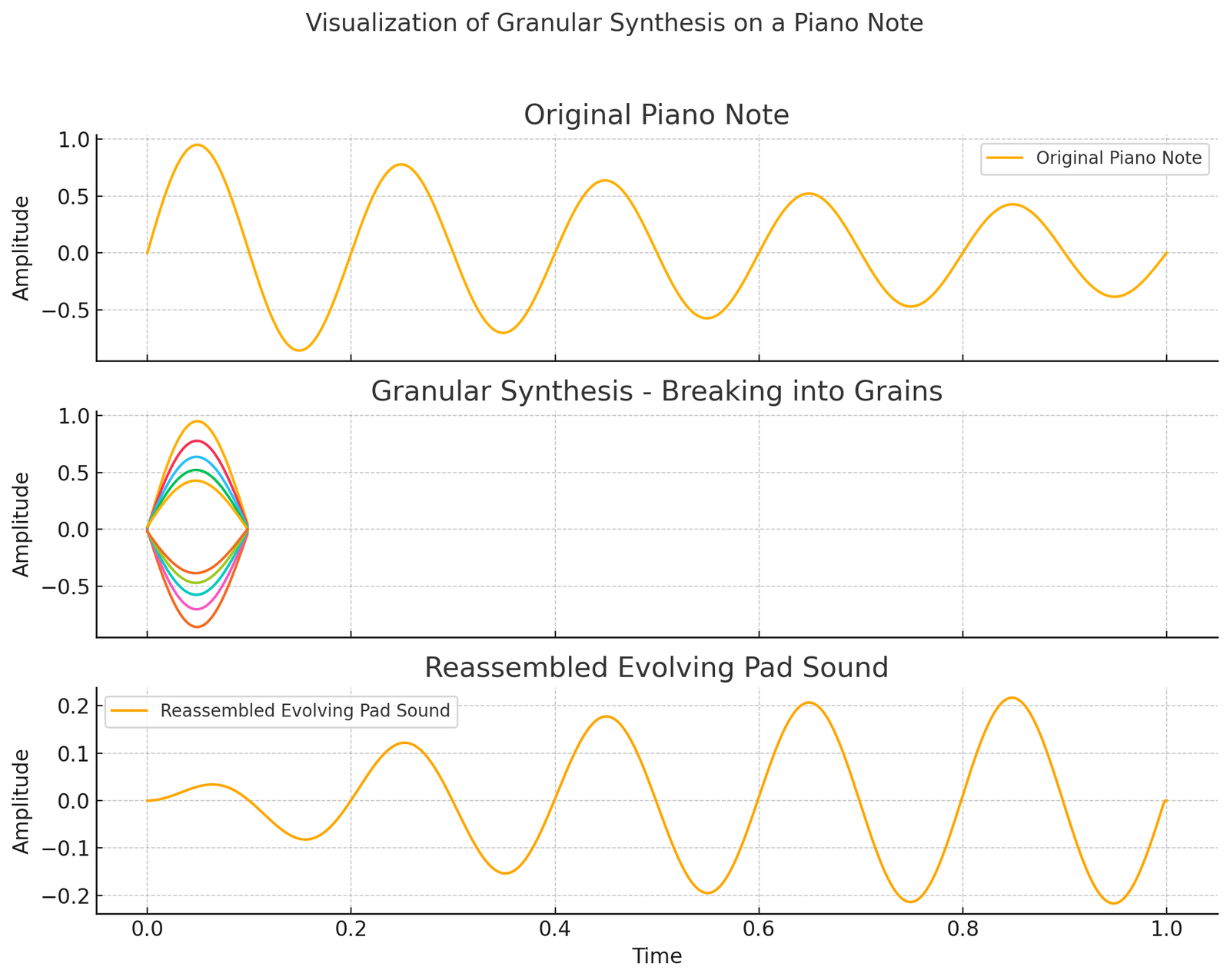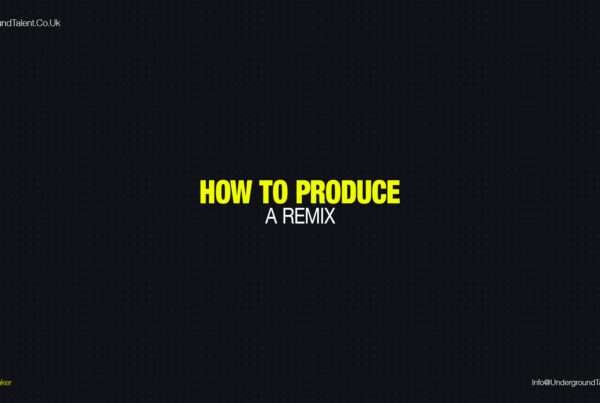Introduction to Music Sampling Techniques
Creating music involves a deep understanding of sampling, from the basics to advanced techniques. Sampling allows producers to explore diverse genres and eras, leading to unique musical outcomes. Recognizing distinctions between similar instruments, like a yangqin and a Western zither, can significantly impact the production. Choosing effective samples with dynamic range and clarity is crucial, as compressed or overly busy samples can complicate the process.
In this complete guide, we’ll cover everything you need to know about music sampling techniques. From finding the right samples to using advanced tools and effects, this guide is designed to enhance your production skills and creativity.
Key Takeaways
- Good samples should have clarity and dynamic range.
- Familiarity with tools and techniques is essential for effective sampling.
- Creative manipulation can lead to unique musical results.
Sample Qualities | Music Sampling Techniques
Traits of a Quality Sample
Quality samples are essential for effective music production. Understanding various music genres, decades, and instruments helps identify useful samples quickly. For instance, recognizing the difference between a yangqin and a Western zither can lead to varied musical styles. When searching for a funky bassline, knowing the era when drum and bass were popular can streamline the selection process.
Spotting Poor Samples
Choosing poor samples can complicate music production. Overly compressed or noisy samples are problematic. Consistent levels throughout a track make it challenging to find useful parts to chop. Samples with excessive instruments or vocals without breaks can hinder creativity, especially for beginners. Remember, fully-formed songs might not be the best choice for sampling.
Significance of Dynamics and Simplicity
Dynamics and simplicity are crucial when choosing samples. Samples with a variety of dynamics offer more creative opportunities. Beginners should opt for simpler samples, as they allow for easier manipulation and experimentation, leading to unique sounds. Balancing elements like pitch and tempo affects the sample’s character, helping producers create a sound that fits well within their project.
Preparation for Sampling | Music Sampling Techniques
Understanding Genres and Instruments
Having a solid grasp of different music genres and instruments is crucial when searching for samples. Familiarity with the decades of musical styles helps to identify the right sound. For instance, knowing the distinction between a yangqin and a Western zither can lead to varied styles and key signatures, despite their similarities.
When seeking specific sounds like a funky bassline, understanding the trends of past decades can save time. It is important to avoid overly compressed or noisy samples, as these can complicate the production process. Selecting a sample with dynamics allows for more effective chopping, whereas busy samples with many instruments may hinder creativity during the sampling process.
Discovering Samples
Finding samples manually can be a rewarding and creative process. Here are some steps to help you find and use samples effectively:
- Explore Your Music Collection: Dig through your vinyl records, CDs, and digital music libraries. Pay attention to different genres and eras to find unique sounds. For instance, a funky bassline from a 70s disco track or a vocal snippet from an old soul record can add character to your production.
- Record Your Own Sounds: Use a field recorder or a smartphone to capture interesting sounds from your environment. These can include natural sounds like birds chirping, city noises, or even household items. These found sounds can add a unique texture to your music.
- Online Music Libraries: Use online platforms that offer royalty-free samples. Search for sounds that match the style and mood of your project. Ensure the samples are high quality with a good dynamic range.
- Analyze Sample Qualities: When examining a sample, consider its pitch, tempo, and loop size. Choosing the right loop length can be crucial. For example, a one-bar loop might work perfectly where longer options fail.
- Adjust Pitch and Tempo: Lowering the pitch can deepen the bass while raising it can add brightness. Experiment with these adjustments to see how they change the sample’s character. Combine the sample with different drum patterns to find the best blend.
- Slice and Rearrange: Use your DAW to slice samples into MIDI tracks. This technique allows you to create new rhythms by playing with the sample order and timing. It can lead to unique variations that enhance your creativity.
- Apply Effects: Experiment with effects like reverb, delay, or pitch shifting to transform the sample further. These effects can add depth and richness, opening up new avenues for sound exploration.
- Visit Record Stores and Flea Markets: Explore local record stores and flea markets to find unique and often obscure records. These can be a goldmine for interesting samples that you won’t find online. Spending time crate-digging can yield unexpected gems and inspire new ideas.
Basic Music Sampling Techniques
Loop Size and Adjustment
To find the right sample, paying attention to the size of the loop is crucial. Choosing a two or four-bar loop can make a significant difference. For example, a one-bar loop might work perfectly where other longer options fail. Adjusting the pitch and tempo can also change how the sample sounds. Lowering the pitch adds more bass while raising it brings brightness.
Impact of Pitch and Tempo
When adjusting pitch and tempo, it’s essential to find a balance. Lowering both can introduce more muddiness while raising them can enhance brightness. Additionally, the combination of a sample with different drum patterns can affect the overall vibe. Understanding the relationships between major and minor keys can also help in creating varied emotional effects.
Sampling Workflow Selection
Finding the right workflow is a personal choice that can influence sampling results. Some may prefer using a drum rack, while others might opt for a hardware sampler. It’s beneficial to explore different tools and methods to see what works best with each sample type. Familiarity with various techniques will ease the process of finding and manipulating samples effectively.
Chopping Basics and Creative Rhythms
Chopping samples can breathe new life into the sounds. One basic method is identifying key sections that work well within a groove. Playing samples out of sequence can create interesting rhythms. Using effects like reverb and delay can enhance the final product, altering its perceived distance or brightness. Additionally, slicing samples into smaller sections allows for creative variations and surprises in rhythm.
Applying Effects for Sample Enhancement
Using Reverb, Delay, Pitch Shift, and Chorus
Applying effects to samples can transform their sound and enhance their presence in a mix. Techniques like reverb add a sense of space, making the sound seem wider or more distant. The delay helps to create echoes, adding depth and richness. Pitch shift allows for the adjustment of the sample’s tone, which can introduce more bass or brightness depending on whether it’s pitched down or up. The chorus thickens the sound, making it appear fuller and more complex.
To effectively use these effects, it’s important to consider the sample’s characteristics. For instance, pairing a sample with compatible drums can change its overall vibe. When working within a digital audio workstation (DAW), adjusting effects can alter the perception of the audio and its emotional impact.
Slicing to New MIDI Track
Another useful technique in sample manipulation is slicing to a new MIDI track. This method enables the creation of multiple segments from a sample, allowing the producer to rearrange and edit them creatively. When the software prompts for the number of slices, starting with a standard like quarter notes is often beneficial.
Once the slices are created, they can be modified in the piano roll. Producers can change the timing and duration of each slice, enabling the crafting of unique rhythms. This approach can unleash new ideas that may not have emerged from a standard playback, fostering creativity in the production process.
Intermediate Sampling Skills
Sidechain for Rhythm and Mixing
Sidechain can create a ducking effect that enhances the groove of a track. This technique not only adds a bouncy feel but also helps mix other instruments effectively. Carving out space in the mix ensures that kicks and bass lines hit harder.
Noise Gates and Sample Stabbing Techniques
Noise gates are underrated tools that can inject samples into the mix at precise moments. By using a carefully chosen source, it allows for random sample stabs that add punch to a track. This method works especially well with lengthy samples filled with unique sound designs, creating an interesting auditory experience.
Creative Uses of Vocoders and Spectral Resonators
Vocoders can enhance the peaks in drum samples, adding brightness to the sound. In contrast, spectral resonators redistribute the harmonics of a sample, aligning them with the track’s key. Automating a filter sweep, whether high or low pass, can transform the character of a sample, giving it a modern and futuristic edge.
Advanced Music Sampling Techniques
Granular Synthesis
Granular synthesis breaks samples into tiny pieces, or “grains,” and manipulates them to create entirely new sounds. This technique is excellent for creating unique textures and atmospheres. Each grain can vary in size, pitch, duration, and position within the sample, allowing for endless creative possibilities.
Key Benefits
- Unique Textures: Produces sounds that are not possible with traditional synthesis methods.
- Dynamic Atmospheres: Perfect for creating evolving soundscapes and pads.
- Versatility: Useful in various genres, from ambient to electronic music.
Visual Example
Imagine a sample of a piano note. Granular synthesis can take this note, chop it into thousands of tiny pieces, and reassemble them into a lush, evolving pad sound that retains the timbre of the original piano but with a completely new character.
Time-Stretching and Pitch-Shifting
Time-stretching allows you to change the tempo of a sample without affecting its pitch. This is particularly useful for matching samples of different tempos. Pitch-shifting, on the other hand, changes the pitch without altering the tempo, allowing you to harmonize samples with your project.
Advanced Algorithms: Modern DAWs use advanced algorithms to perform these tasks smoothly and naturally, preserving the quality of the sample.
Key Applications:
- Beat Matching: Perfect for DJs and producers who need to align different tracks.
- Creative Effects: Useful for creating vocal harmonies or unique sound effects.
- Genre Blending: Allows the integration of samples from different musical genres by matching tempo and pitch.
Visual Example
Consider a vocal sample at 120 BPM. Using time-stretching, you can slow it down to 90 BPM without changing the pitch, making it fit seamlessly into a slower track. With pitch-shifting, you can take the same vocal sample and adjust it to match the key of your song, creating a harmonious blend.
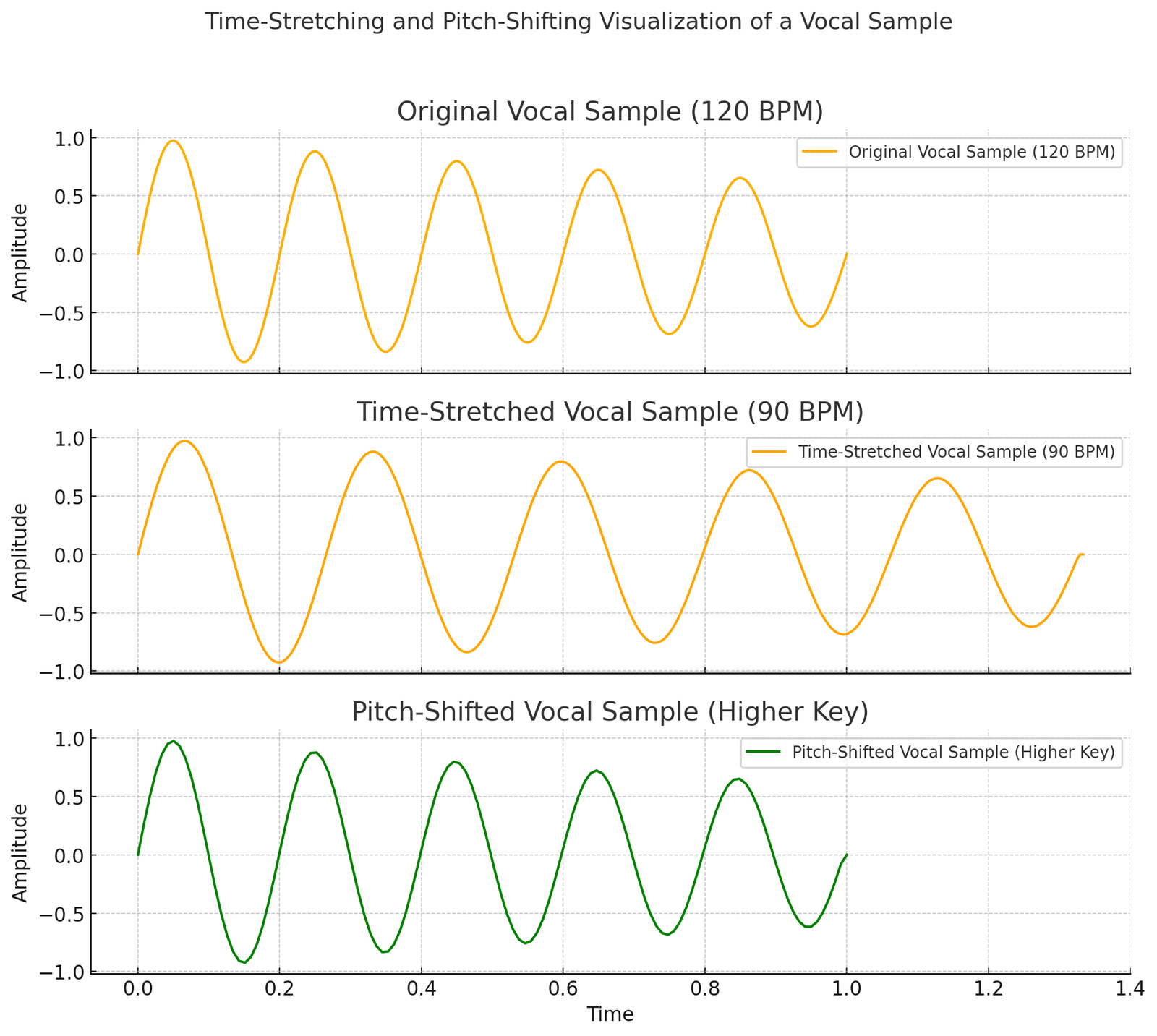
Tips for Using These Music Sampling Techniques
Granular Synthesis
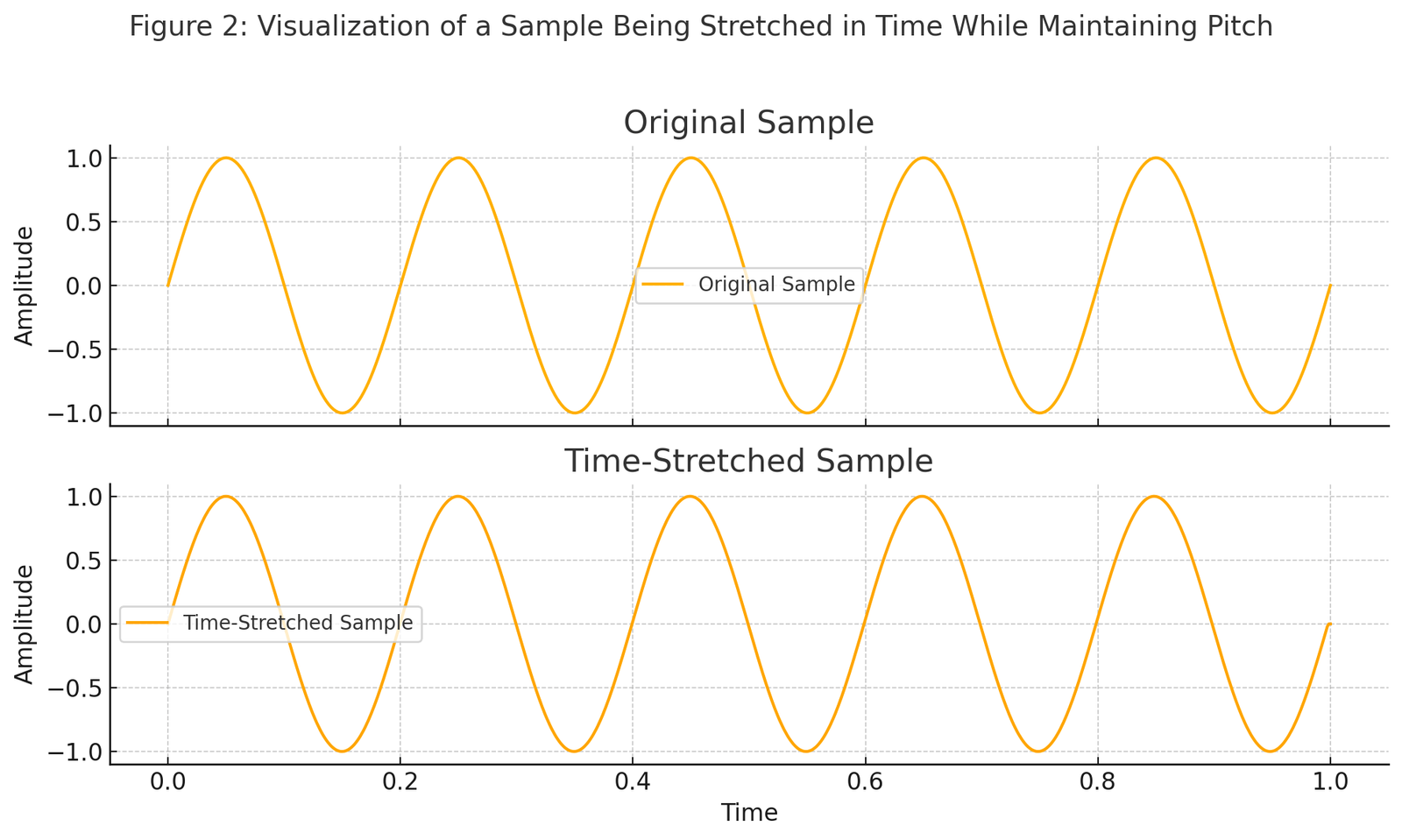
- Experiment with Grain Size: Smaller grains can create smooth textures, while larger grains can produce rhythmic effects.
- Modulation: Use LFOs and envelopes to modulate grain parameters for dynamic results.
Time-Stretching and Pitch-Shifting
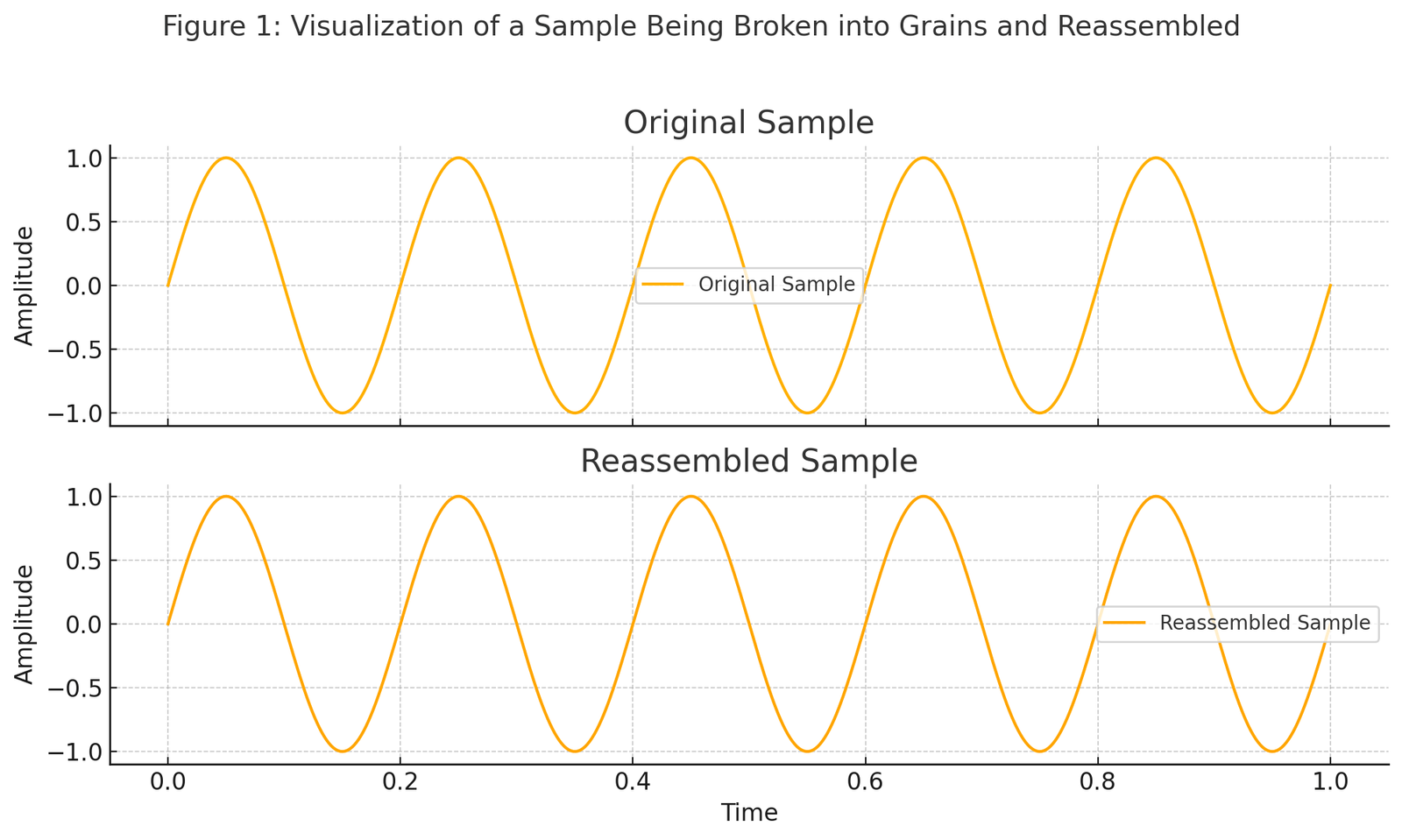
- Maintaining Quality: Use high-quality algorithms and tools within your DAW to prevent artefacts.
- Subtle Adjustments: Small changes in pitch and tempo can have a big impact on the sample’s integration into your project.
Sampling in Different Genres | Music Sampling Techniques
Techno Sampling
Techno music heavily relies on sampling to create its distinct, repetitive beats and ambient soundscapes. Common practices include using short vocal snippets, drum loops, and atmospheric sounds. Iconic examples of techno sampling can be found in the works of artists like Jeff Mills and Carl Craig, who often use samples to create hypnotic rhythms and textures.
Electronic Music Sampling
Electronic music producers use sampling for various purposes, from creating drum loops and synth sounds to adding unique effects. Techniques specific to electronic music include chopping and looping samples to create intricate patterns, layering different sounds for a fuller texture, and applying effects like reverb and delay to enhance the sample’s character. Notable electronic artists, such as Aphex Twin and The Chemical Brothers, often incorporate innovative sampling techniques in their tracks.
House Sampling
House music is known for its use of soulful vocals, funky basslines, and classic drum machine sounds. Sampling in house music often involves using disco and funk records to create groovy beats and uplifting melodies. Producers like Frankie Knuckles and DaftPunk have popularized the use of sampling in house music, blending old-school samples with modern production techniques to create timeless dance tracks.
Legal Aspects of Sampling
Understanding Copyright
Sampling involves using portions of existing music, which is protected by copyright laws. It’s essential to understand these laws to avoid legal issues. Always ensure you have permission to use samples in your music. For a detailed guide on music copyright and common myths, check out the article on Music Copyright Myths Debunked.
Clearing Samples
Clearing a sample involves obtaining permission from the original copyright holder. This process can include negotiating terms and potentially paying a fee. Many services and lawyers specialize in helping producers clear samples legally. For a step-by-step guide on registering your music copyright in the UK, refer to How to Register Your Music Copyright in the UK.
Music Modernization Act
The Music Modernization Act (MMA) modernizes U.S. copyright laws, particularly for digital music. It introduces a blanket licensing system and ensures federal protection for pre-1972 recordings, addressing gaps in copyright law. This act benefits both artists and digital music providers by streamlining licensing processes and ensuring fair compensation. For more information, read about the Music Modernization.
Conclusion to Music Sampling Techniques
In this guide, we’ve covered the essentials of music sampling techniques. By understanding the qualities of good samples, mastering various tools, and applying creative techniques, you can elevate your music production. Start experimenting with these methods today and share your unique creations with our community!
By including these additional sections and optimizing the content, your article will be more comprehensive, engaging, and better suited for SEO, attracting a wider audience and providing valuable information to your readers.


